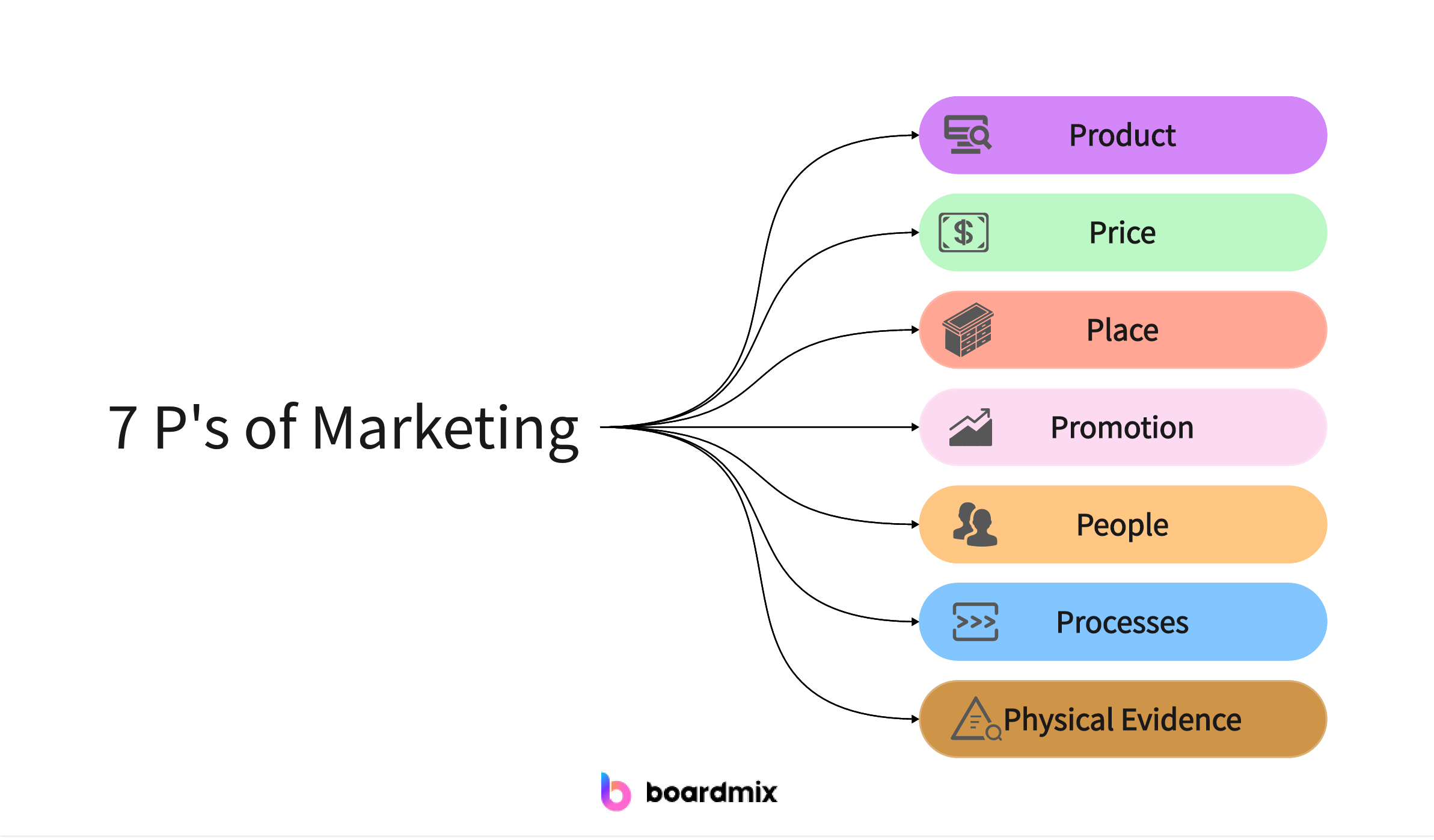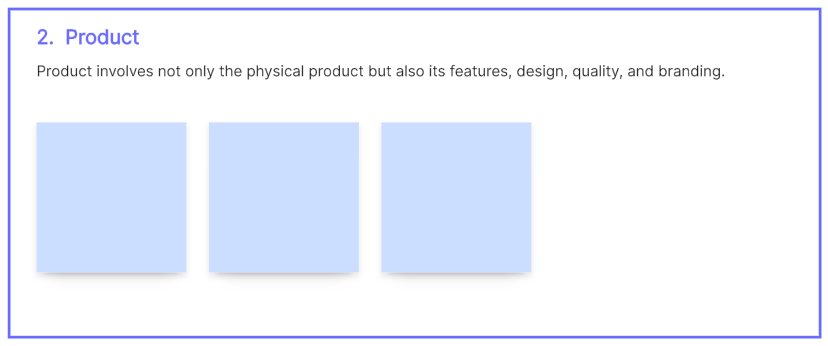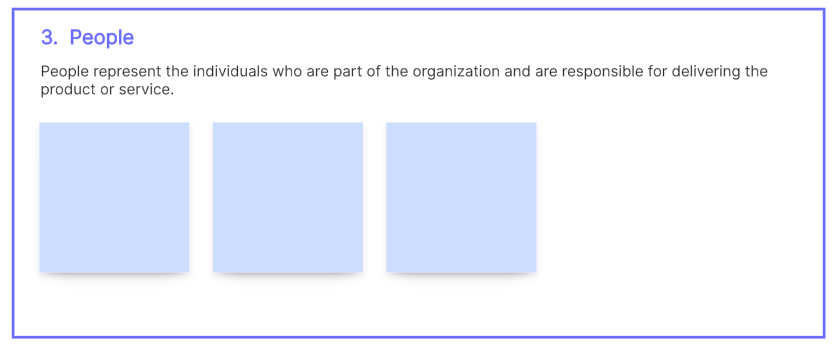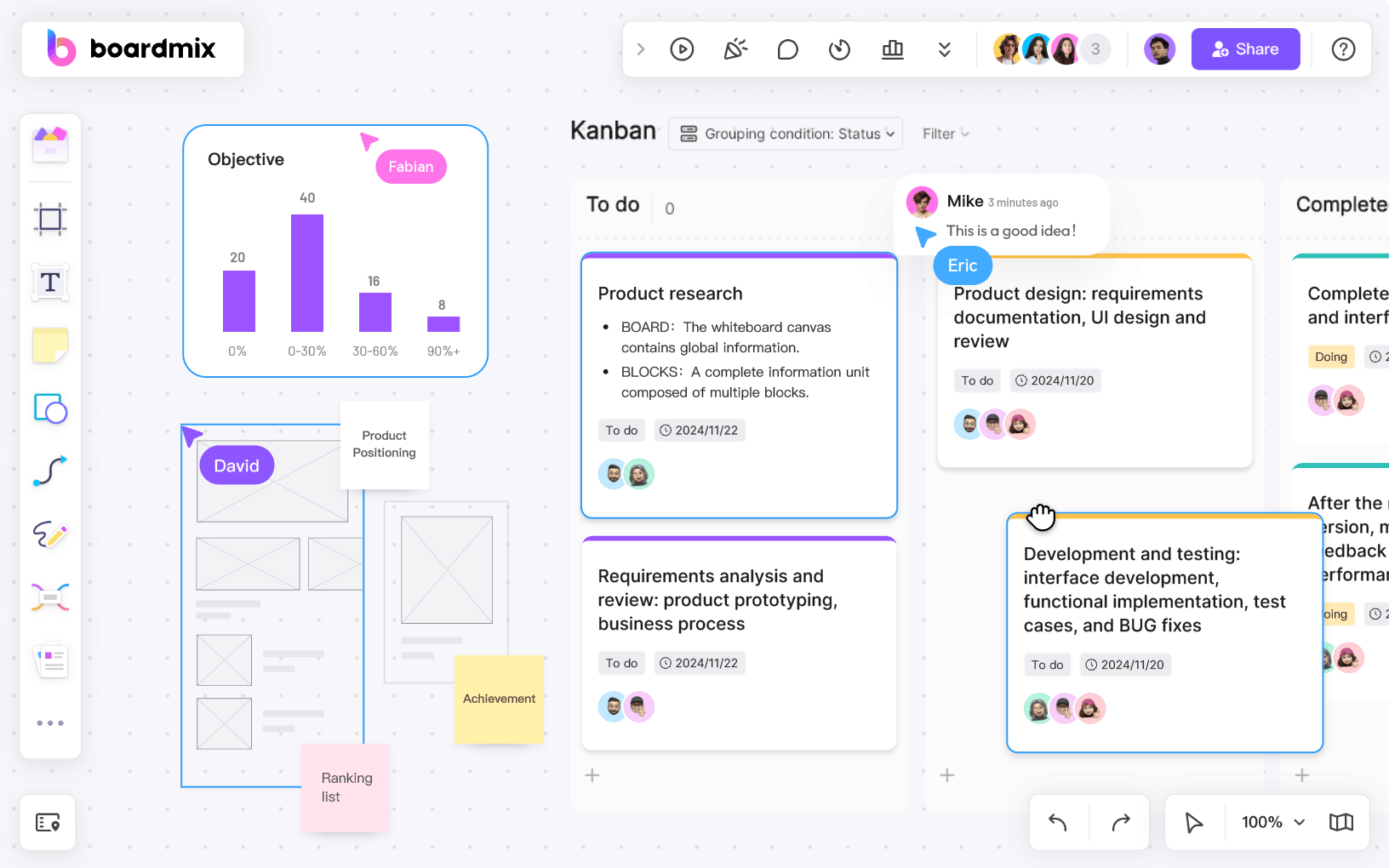In the dynamic world of business, effective marketing is the key to attracting and retaining customers. The traditional 4 P's of marketing—Product, Price, Place, and Promotion—have long been the foundation of marketing strategy. However, as the business landscape evolves, additional elements have been added to create a more comprehensive marketing framework. This expanded model, known as the 7 P's of marketing, includes Product, Price, Place, Promotion, People, Processes, and Physical evidence. In this article, we will delve into each of these components to understand how they collectively contribute to a successful marketing strategy.

Part 1. What Are the 7 P’s of Marketing?
The 7 Ps of marketing is a framework that helps businesses and marketers consider various elements when developing and implementing a marketing strategy. The 7 Ps go beyond the traditional 4 Ps (Product, Price, Place, and Promotion) and include additional factors that are crucial for marketing success. The 7 Ps are:
1. Product
The first P, Product, is the core offering that a company provides to meet the needs and wants of its target market. It involves not only the physical product but also its features, design, quality, and branding. A successful marketing strategy begins with a thorough understanding of the product and its unique selling propositions.

2. Price
Price is a critical element that directly impacts consumer behavior. Setting the right price involves considerations of cost, competitor pricing, and perceived value. The pricing strategy should align with the target market and the overall positioning of the product in the market.
3. Place
Place refers to the distribution channels and the locations where customers can access the product or service. The goal is to make the product easily available to the target audience. A well-thought-out distribution strategy ensures that the product reaches the right customers at the right time.
4. Promotion
Promotion involves the communication strategies used to raise awareness and persuade customers to purchase the product. This includes advertising, public relations, sales promotions, and personal selling. An effective promotional strategy considers the target audience, the message, and the most appropriate channels for communication.
5. People
People represent the individuals who are part of the organization and are responsible for delivering the product or service. This includes employees, sales representatives, and customer service personnel. The behavior, skills, and attitude of these individuals play a crucial role in shaping the customer experience and influencing brand perception.

6. Processes
Processes refer to the systems and procedures that support the delivery of the product or service. Efficient and customer-centric processes enhance the overall customer experience. From order fulfillment to customer support, well-designed processes contribute to customer satisfaction and loyalty.

7. Physical Evidence
Physical evidence relates to the tangible elements that customers can see, touch, or experience. This includes the physical environment where the service is delivered, packaging, branding, and any other tangible cues that reinforce the brand image. Strong physical evidence can enhance the perceived value of the product or service.
Part 2. Why Are the 7 P’s of Marketing Important?
The 7 Ps of marketing are important because they provide a comprehensive framework for businesses and marketers to develop and implement effective marketing strategies. Each "P" represents a key element that contributes to the overall success of a product or service in the market. Here are some reasons why the 7 Ps are important:
Holistic Approach: The 7 Ps offer a holistic and well-rounded approach to marketing by considering a broad range of factors beyond the traditional 4 Ps. This comprehensive perspective helps businesses address various aspects of their marketing strategy to create a completer and more integrated plan.
Customer-Centric: The 7 Ps emphasize the importance of understanding and meeting customer needs. By considering elements like people, process, and physical evidence, businesses can focus on delivering a positive customer experience, which is crucial for building customer loyalty and satisfaction.
Differentiation: The framework helps businesses differentiate themselves from competitors. By carefully managing each P, a company can create a unique value proposition, making its product or service stand out in the market.
Adaptability: The 7 Ps provide a flexible framework that can be adapted to different industries, markets, and situations. Businesses can tailor their marketing strategies based on the specific needs and characteristics of their target audience and industry.
Strategic Decision-Making: Each P represents a strategic decision that influences the overall marketing strategy. By systematically addressing each element, businesses can make informed decisions that align with their goals and objectives.
Long-Term Success: Considering all aspects of the marketing mix helps businesses plan for long-term success rather than focusing solely on short-term gains. This includes building strong customer relationships, optimizing processes, and creating a sustainable competitive advantage.
In summary, the 7 Ps of marketing offer a structured and comprehensive approach that enables businesses to develop and execute effective marketing strategies, ultimately contributing to the achievement of their business objectives.
Part 3. How to Apply 7 P‘S of Marketing?
Applying the 7 Ps of marketing involves a systematic approach to each element of the marketing mix. Here's a guide on how to apply the 7 Ps:
Product:
- Define and understand the features, benefits, and unique selling points of your product or service.
- Determine your product's life cycle stage and plan for potential updates, improvements, or expansions.
- Develop a strong brand identity, including logos, packaging, and product positioning.
Price:
- Conduct thorough market research to understand pricing structures in your industry.
- Consider your production costs, desired profit margins, and perceived value by customers.
- Choose a pricing strategy (e.g., cost-plus pricing, value-based pricing) that aligns with your business goals.
Place:
- Identify and select the most appropriate distribution channels to reach your target market.
- Optimize your supply chain and logistics for efficient product delivery.
- Establish a strong online and/or physical presence based on where your target customers are most likely to make purchases.
Promotion:
- Develop a comprehensive marketing communications strategy, including advertising, public relations, sales promotions, and personal selling.
- Tailor your promotional activities to your target audience and the channels they use.
- Monitor and measure the effectiveness of your promotional efforts and adjust as needed.
People:
- Invest in hiring, training, and retaining employees who can deliver a positive customer experience.
- Ensure that all customer-facing staff understand the brand message and can effectively communicate it.
- Continuously assess and improve the skills and motivation of your employees.
Process:
- Streamline and optimize internal processes to enhance efficiency and effectiveness.
- Focus on creating a smooth and positive customer journey from awareness to purchase and beyond.
- Regularly review and update processes to adapt to changing market conditions and customer expectations.
Physical Evidence:
- Consider the physical aspects that support your brand, such as store layout, signage, and packaging.
- Ensure that the tangible elements align with the brand image and create a positive impression on customers.
- Regularly assess and update physical evidence to stay current and relevant.
Remember that the 7 Ps are interconnected, and decisions made in one area can impact others. It's essential to regularly review and adjust your marketing strategy based on market changes, customer feedback, and internal assessments. Additionally, stay updated on industry trends and competitor activities to maintain a competitive edge.
Part 4. Apply 7 P’s of Marketing with Boardmix
Boardmix is an innovative online whiteboard tool designed to streamline collaboration and enhance productivity in a digital workspace. It offers a wide range of drawing templates, making it easy for teams to visualize ideas, brainstorm solutions, and manage projects effectively. With Boardmix, you can apply the 7 P's of marketing - Product, Price, Place, Promotion, People, Process and Physical Evidence - in a more interactive and engaging way. For instance, you can use our whiteboard to sketch out product designs (Product), map out distribution channels (Place), or plan promotional strategies (Promotion). You can also use it to organize your team (People), outline your processes (Process), or present data and reports (Physical Evidence). While we currently do not integrate with other ecosystems, we are constantly improving our platform to better serve your needs.

Key features of Boardmix:
- Wide Range of Drawing Templates: Boardmix offers a variety of drawing templates, making it easy for teams to visualize ideas and brainstorm solutions effectively.
- Real-Time Collaboration: With Boardmix, team members can work together on the same whiteboard in real-time, enhancing productivity and communication.
- Easy-to-Use Interface: The intuitive interface of Boardmix allows users to start drawing or adding content with minimal learning curve.
- Project Management Tools: Boardmix includes project management features that help teams organize tasks, set deadlines, and track progress.
- Secure Sharing: Users can securely share their whiteboards with others, controlling who can view or edit the content.
- High-Quality Visuals: Boardmix supports high-resolution visuals ensuring clarity and precision in every project.
- Cross-Platform Compatibility: Whether you're using a PC, tablet or smartphone, you can access your Boardmix whiteboards anytime, anywhere.
Conclusion
The 7 P's of marketing provide a comprehensive framework for developing a successful marketing strategy. By considering each element—Product, Price, Place, Promotion, People, Processes, and Physical evidence—businesses can create a well-rounded approach that addresses the diverse aspects of marketing in today's competitive landscape. Understanding and implementing these P's can lead to enhanced customer satisfaction, increased brand loyalty, and ultimately, business success.
Boardmix is an ideal tool for applying the 7 P's of marketing in a more interactive and engaging way. Its wide range of drawing templates allows you to visually map out your product designs, distribution channels, promotional strategies, team organization, processes, and physical evidence. With real-time collaboration features and easy-to-use interface, Boardmix makes it easier than ever to bring your marketing plans to life and share them securely with your team.













